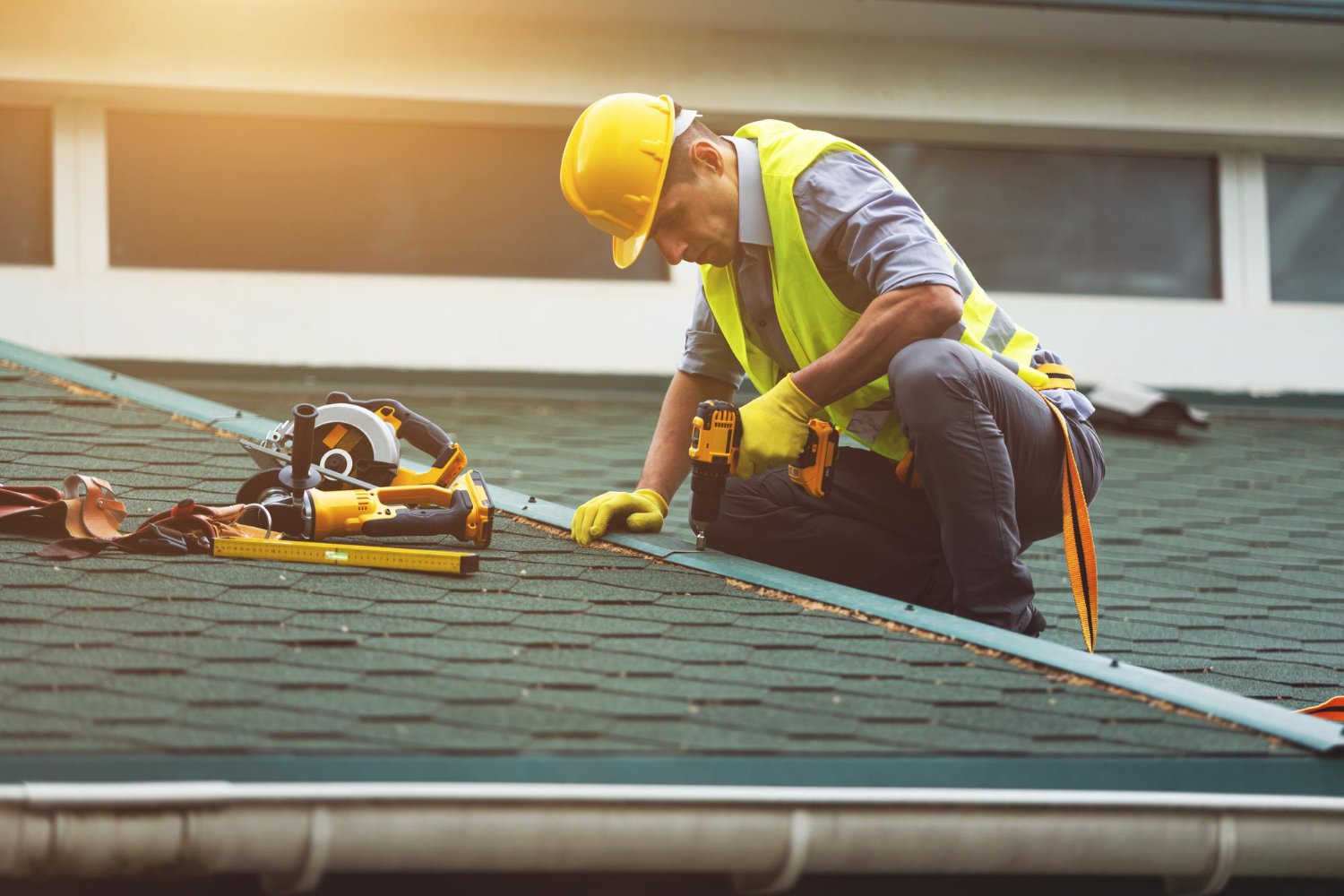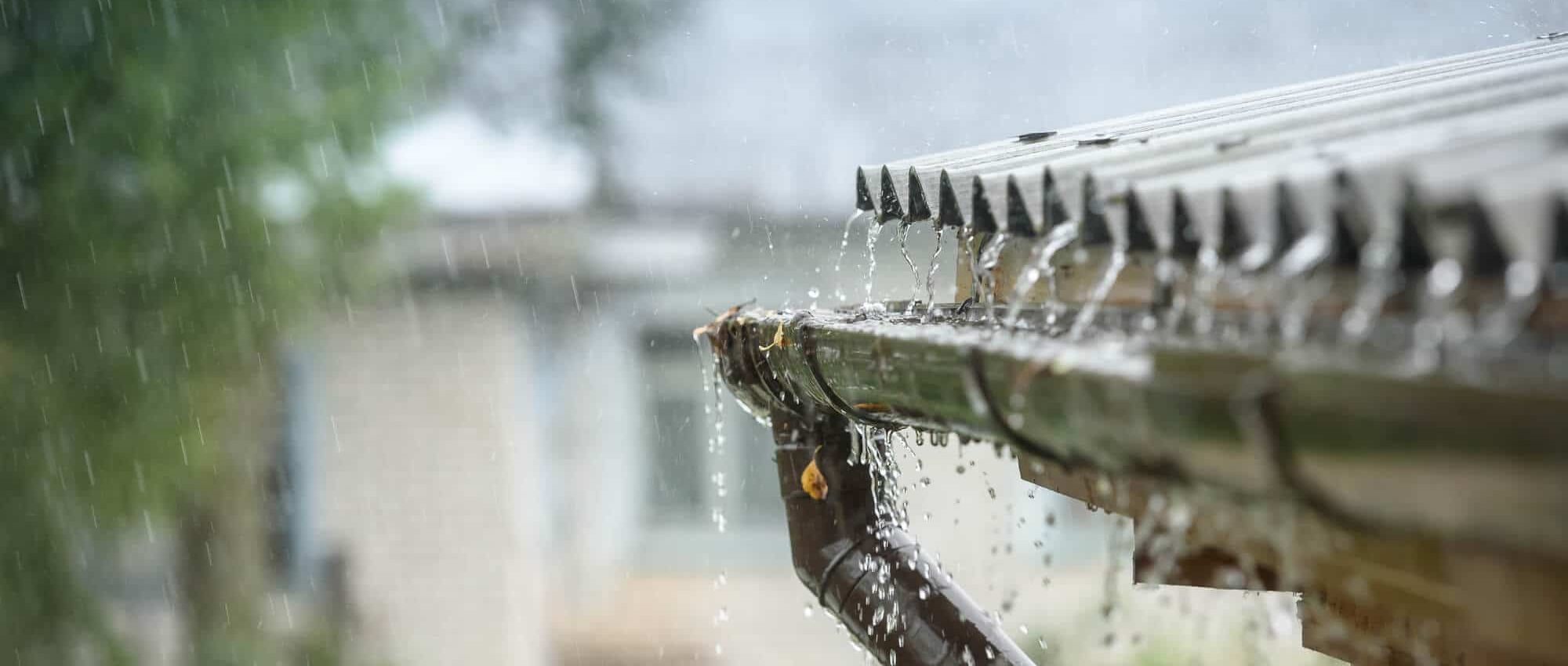Weather extremes can damage roofs; preparation and protection are crucial to minimize costs and risks. Choose suitable materials and conduct regular maintenance to safeguard your roofing investment.
Extreme weather conditions pose significant challenges to the integrity and lifespan of roofing systems. Homeowners and property managers must understand the stress that high winds, heavy snow, hail, and intense sunlight place on roofing materials. Deterioration over time can lead to costly repairs and even more expensive replacements.
To extend the life of a roof and enhance its resistance to the elements, proper selection of roofing materials tailored to local climates is critical. Regular maintenance, including inspections and prompt repairs, plays a vital role in preparing and protecting roofs from the whims of weather. As climates continue to change and weather patterns become more unpredictable, adopting a proactive approach to roofing care becomes increasingly important. Ensuring that your roofing system is up to the challenge not only provides peace of mind but also secures the value and safety of the property it covers.
Variables Affecting Shingle Lifespan
Your roof is the frontline soldier against the ever-changing weather. The longevity of roofing shingles is greatly influenced by multiple environmental factors. Being aware of these variables affecting shingle lifespan can guide homeowners in better preparing and protecting their roofs. Here’s how different weather conditions can impact your shingles and the steps you can take to mitigate potential damage.
Heat And Uv Radiation Damage
Shingle roofs often endure extreme heat and direct exposure to UV rays, which can lead to significant wear and tear. High temperatures can cause shingles to become brittle and crack, while UV radiation can degrade the materials they are made of over time. To combat these challenges:
- Select shingles with heat-resistant properties and UV inhibitors.
- Ensure proper attic ventilation to reduce heat buildup underneath the roofing.
- Regular inspections can identify and address damages early.
Frigid Temperatures And Ice Accumulation
Winters can be ruthless on roofing. Frigid temperatures can cause shingles to contract, potentially leading to cracks or tears. Moreover, ice accumulation, particularly in the form of ice dams, can trap moisture, causing water to seep underneath shingles. To safeguard against these issues:
- Install adequate insulation in your attic to prevent uneven roof temperatures.
- Install ice and water shield products at the eaves of your roof.
- Clear your gutters and downspouts to ensure proper drainage.
Wind Uplift And Tearing Potential
Roofs are particularly vulnerable to wind damage. Strong winds can create uplift forces that may tear shingles from the roof. The key to reducing the risk includes:
- Choosing shingles with high wind resistance ratings.
- Ensuring professional installation to secure shingles properly.
- Regular maintenance checks for loose or damaged shingles.
Moisture, Algae, And Rot
Moisture is a roof’s nemesis. It can lead to the growth of algae and rot, which deteriorate shingle quality. To handle moisture-related challenges:
| Action | Benefit |
|---|---|
| Install proper roof ventilation systems. | Controls moisture and reduces humidity accumulation. |
| Choose algae-resistant shingles. | Prevents algae growth, thereby protecting the roof surface. |
| Regularly clean gutters and downspouts. | Ensures efficient water flow, preventing moisture buildup. |
Implementing these measures ensures your roof is better prepared to handle whatever the weather throws its way, thus extending the lifespan of your shingles.
Seasonal Roof Check-up And Maintenance
Your home’s defense against the elements hinges on the condition of your roof. As the seasons change, it’s crucial to schedule regular check-ups and maintenance for your roofing system. Seasonal roof maintenance can prevent costly repairs, extend the lifespan of your roof, and ensure your home remains safe and dry year-round. Let’s delve into the key components of a robust seasonal maintenance routine.
Spring And Fall Inspections
Conducting thorough inspections during spring and fall is vital for identifying potential issues that can lead to severe damage if left unaddressed. Spring inspections focus on assessing winter damage, while fall inspections prepare your roof for the coming cold.
- Clean gutters and downspouts to prevent water buildup.
- Inspect shingles for damage or wear and arrange for repairs if necessary.
- Check for signs of mold or rot, which could indicate moisture problems.
- Ensure flashing is intact and sealed properly around vents, chimneys, and skylights.
These biannual inspections are critical in catching minor issues before they escalate into major concerns.
Winterizing Your Roof
As temperatures drop, a winterized roof is your best safeguard against snow, ice, and freezing rain. Key winterizing steps include:
- Inspecting insulation and ventilation to prevent heat loss and ice dams.
- Trimming overhanging branches that could break and fall due to snow or ice accumulation.
- Applying a sealant to any areas where leaks have been detected.
By taking these proactive measures, you help ease the burden of heavy snow and ice on your roofing structure.
Importance Of Professional Assessments
Professional roofing assessments play a crucial role in the overall health of your roof. Qualified roofing specialists bring expertise and can spot issues that homeowners might miss:
| Benefits of Professional Roof Assessments |
|---|
| Identification of subtle signs of wear or damage |
| Professional recommendations for maintenance or repairs |
| Access to specialized tools and equipment for thorough inspection |
| Expert evaluations of roofing materials and their expected lifespan |
Involving a professional in your regular maintenance routine ensures peace of mind and can significantly boost the longevity of your roof.
Long-term Roof Resilience Strategies
As homeowners or property managers, preparing for the relentless whims of the weather demands strategic planning. Ensuring the longevity of a roofing structure is paramount in protecting the integrity of any building. Long-term roof resilience strategies help mitigate damage from severe climatic conditions. This section delves into effective methods that can fortify roofing systems against environmental adversities, guaranteeing peace of mind and reduced repair costs over time.
Selecting Weather-resistant Materials
Material selection plays a crucial role in safeguarding roofs from harsh weather. Picking the right materials can mean the difference between a roof that withstands the test of time and one that succumbs to the elements. Consider the following options when selecting roofing materials for enhanced durability:
- Metal Roofing: Known for its exceptional resilience to wind and fire.
- Asphalt Shingles: Offers versatility and resistance to diverse weather conditions when high-quality options are chosen.
- Slate Tiles: Are synonymous with longevity and robustness in the face of fluctuating temperatures and moisture patterns.
- Rubber Roofing: Acts as a stalwart barrier against hail and heavy rain.
Proper Installation And Workmanship
The role of expert installation cannot be overstated in achieving a stormproof roof. Faulty installation can lead to vulnerabilities that may not be noticeable until it’s too late. Employing skilled professionals ensures meticulous workmanship which includes:
- Accurate Shingle Alignment: This prevents wind uplift and subsequent water infiltration.
- Sealing and Flashing: Key areas like vents, chimneys, and valleys are secured against leaks.
- Reliable Fastening Methods: Adequate nailing techniques that resist wind and structural movement.
Confirm that the contractors adhere to local building codes and manufacturer specific installation guidelines to ensure a resilient roofing structure.
Ventilation And Insulation Enhancements
Proper roofing ventilation and insulation are critical for maintaining temperature balance and preventing damage. Overlooking these aspects can lead to a buildup of moisture and heat, diminishing the roof’s life span. To boost rooftop resilience, consider:
| Ventilation | Insulation |
|---|---|
| Installing ridge vents or soffit vents for adequate airflow. | Applying spray foam or batt insulation to maintain indoor climate. |
| Utilizing solar-powered vents for energy-efficient temperature control. | Upgrading to higher R-value materials for better thermal resistance. |
By enhancing both ventilation and insulation, the roof remains robust against ice dam formation, wood rot, and mold, extending its service life and functionality.
Immediate Actions After Severe Weather
The moments following a severe weather event are critical for homeowners, particularly when it comes to your roofing infrastructure. Whether the storm brought high winds, hail, or heavy rainfall, the integrity of your roof might have taken a hit. Acting promptly can be the difference between minor repairs and extensive damage that leads to costly restorations or even complete replacements.
Assessing Damage Post-storm
Once the storm has passed and it’s safe to venture outside, a preliminary roof assessment is a priority. Take these steps to ensure a thorough check:
- Visual Inspection: Begin with a ground-level observation for visible signs of damage — such as missing shingles, debris, and damaged flashing.
- Cautious Closer Look: If it’s safe to do so, use a ladder to get a better view but avoid walking on the roof, which can be dangerous and cause further damage.
- Note Areas of Concern: Document any issues with photos and notes, which will be invaluable during the repair process.
Temporary Protection Methods
In the wake of roofing damage, immediate temporary protection is crucial to prevent further interior and structural damage:
- Cover Breaks: Use tarps to cover exposed areas or broken sections temporarily.
- Secure Loose Elements: Fasten any loose materials to protect from additional winds.
- Clear Debris: Remove any debris to prevent blockages in gutter systems and further roof harm.
When To Call For Professional Help
While initial actions can be performed by the homeowner, professional expertise is essential in certain scenarios:
| Condition | Action |
|---|---|
| Structural Damage | Seek a licensed roofing contractor for a comprehensive assessment and repair plan. |
| Electrical Issues | Contact a professional immediately to avoid hazards. |
| Widespread Damage | A roofing expert can determine the extent of impact and suggest suitable solutions. |
Remember, DIY fixes are only temporary; to ensure your home’s safety and the longevity of your roof, the expertise of a seasoned roofing professional is invaluable after severe weather strikes.
How To Prepare And Protect For Longevity
The longevity of your roof depends greatly on the preparation and protective actions you take well before extreme weather hits. Adopting proactive strategies can extend the lifespan of your roofing system, saving you money and stress in the long run. Here are essential steps homeowners can take to ensure their roof is prepared for whatever the weather brings.
Maintenance Schedules
Regular maintenance is crucial for roofing longevity. Seasonal inspections can identify potential issues before they become major problems. Here are key maintenance tasks to implement:
- Biannual Inspections: Conduct thorough checks in the spring and fall.
- Gutter Cleaning: Keep gutters clear to prevent water damage and ice dams.
- Trim Trees: Remove overhanging branches to reduce debris and damage risks.
- Debris Removal: Clean off leaves, twigs, and other materials that can trap moisture.
Upgrading And Proactive Replacements
Consider upgrading roofing materials to those better suited for your climate:
| Feature | Benefit |
|---|---|
| Reflective Coating | Reduces heat absorption, lowering temperature-related damage. |
| Impact-Resistant Shingles | Offers enhanced protection from hail and debris. |
| Water-Resistant Barrier | Prevents water infiltration during heavy rainstorms. |
Insurance Considerations And Warranties
Understanding your insurance coverage and warranty can save you from unexpected costs. Take note of the following:
- Review Policy: Know what weather-related damages are covered under your home insurance policy.
- Warranty Coverage: Ensure your roofing materials and workmanship are guaranteed.
- Document Maintenance: Keep records of all repairs and maintenance for insurance claims.
- Annual Check-ups: Annual professional inspections can validate warranties and ensure coverage.
By adhering to a consistent maintenance schedule, considering upgrades for durability, and staying informed about your insurance and warranties, your roof will be well-equipped to weather any storm.

Credit: elliottroofs.com
Frequently Asked Questions On The Impact Of Weather On Roofing: How To Prepare And Protect
How Does Weather Affect Roof Durability?
Extreme weather can significantly shorten a roof’s lifespan. Hot sun can cause materials to decay, while cold can make them brittle. Heavy rain and hail can erode or dent surfaces, and strong winds can loosen or remove shingles entirely. It’s crucial to choose durable, weather-resistant roofing materials and maintain them regularly.
What Are The Best Roofing Materials For Harsh Climates?
For harsh climates, metal roofing, slate tiles, and rubber shingles are excellent choices. Metal resists wind, rain, and fire. Slate withstands heavy rain and snow. Rubber shingles are impact-resistant and endure in various weather conditions. Always consider local climate when selecting roofing materials.
Can Weather-proofing Extend My Roof’s Life?
Absolutely, weather-proofing with sealants, proper insulation, and water-resistant underlayment can extend your roof’s lifespan. Regular inspections and maintenance, such as cleaning gutters and repairing minor damages, also help in protecting the roof against severe weather impacts.
What Is The Ideal Season For Roofing Maintenance?
Spring and fall are generally the best seasons for roofing maintenance. These seasons usually provide mild weather conducive for inspecting and repairing roofs. Checking your roof during these times prepares it for extreme weather in summer and winter.
Conclusion
Understanding weather’s toll on your roof is vital for long-term home protection. Implement the preparation strategies discussed, and don’t neglect regular maintenance. Safeguarding your roof against the elements ensures durability and safety for your home. Act now to defend your property’s topmost shield from nature’s unpredictable moods.

